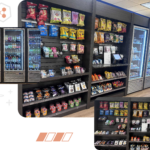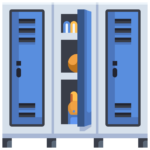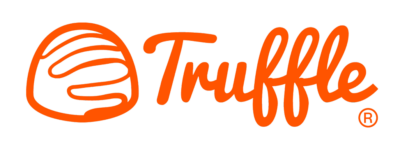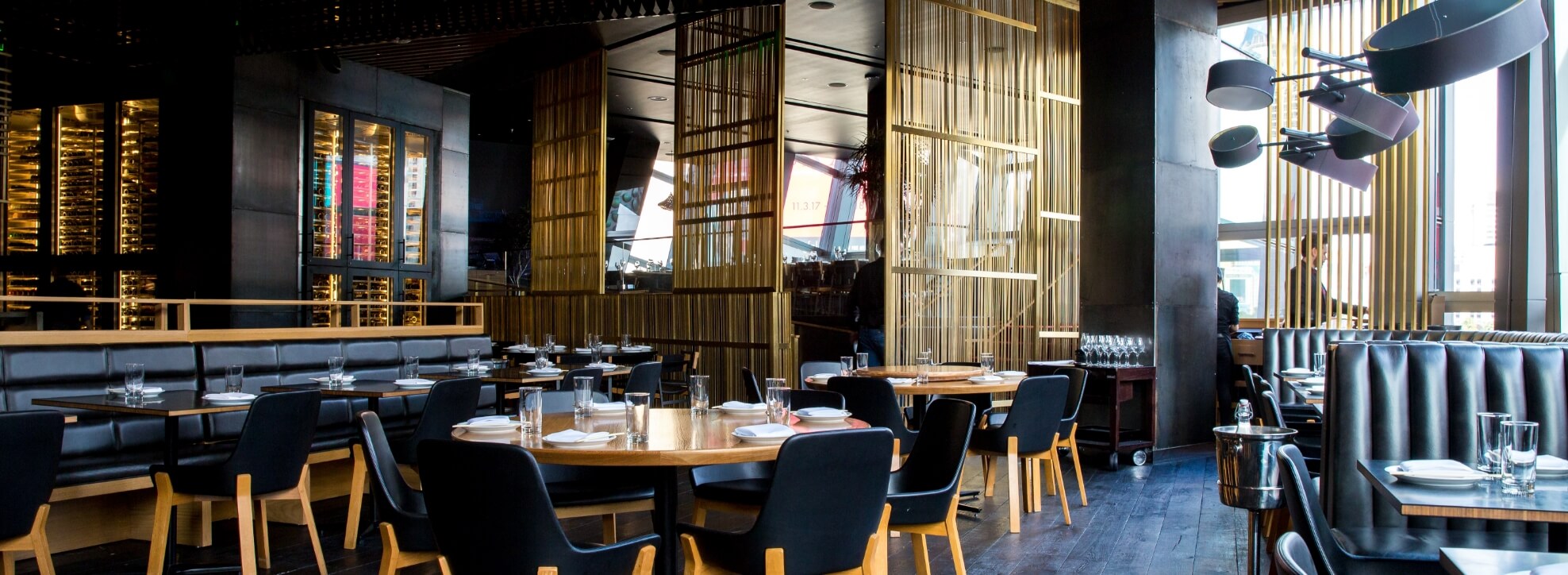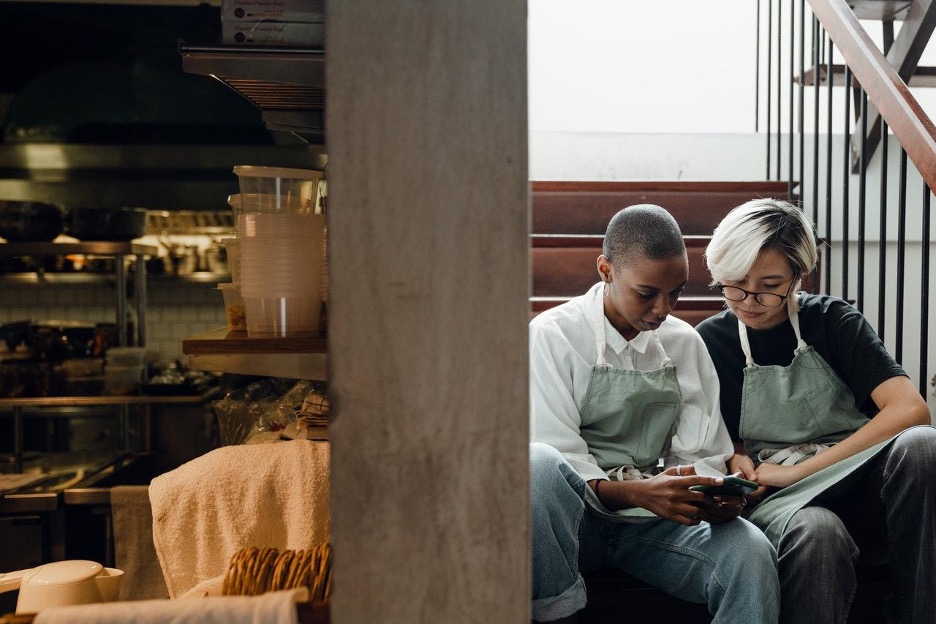
What is a restaurant CRM and why do you need one?
In this post, we’ll explore everything you need to know as a beginner to restaurant CRMs.
Let’s get started.
What is a CRM?
CRM stands for “customer relationship management.” It is a special software that allows you to store customer information so that you can continue to nurture your relationship with that customer.
CRMs enable you to perform multiple tasks at once, all with the same goal of providing amazing customer service and increasing revenue for your business.
Through your CRM system, you can stay in touch with your customers and continue to promote your business. With a CRM, you stay top of mind.
What is a Restaurant CRM?
A restaurant CRM customizes your relationship management tool specifically for restaurants. It offers everything that a standard CRM does, including relationship management and email marketing, but then it adds on a few more remarkable tasks that are especially useful for restaurant management.
For example, it offers customer behavior analysis. You can deep dive into what your customers prefer individually and as a whole by using your restaurant CRM. And that’s just the tip of the iceberg.
Think of a CRM as a giant database where you can store all of your customers’ information, including their name, email address, phone number, and food preferences. You can also indicate special anniversaries and birthdays, which will give you the perfect excuse to send out a special coupon to celebrate the event. You can even record special notes about the customer, including any interactions you or your staff may have had with them.
All of this information allows you to create a more personalized experience for restaurant patrons. To them, your future interactions will feel like you’re a mind reader. They’ll think, How did this restaurant know I wanted pasta today?! But the secret really is a well-organized CRM that can offer deep insights into customer analytics.
Once you fill out information for your individual customers, you can then segment (or divide) your list into different groups based on all sorts of categories, such as how much they spend or how frequently they visit. You can write one email for each group, while still delivering a personalized message. This allows you to scale your efforts without adding a lot more work for yourself.
What are the Benefits of a Restaurant CRM?
Your restaurant CRM allows you to deeply understand your customers, based on the data that you collect over time. This information can help you make smarter business decisions and will dramatically improve your relationship with your customers.
With your restaurant CRM you can identify your most loyal customers. These are the people who keep your restaurant in business. And there’s a lot to learn from them, such as their order frequency, when they’re most likely to buy, and how much they spend on average per order. You can use this information to pitch a personalized promotion to them in the form of online ordering upsells at checkout or special BOGO offers on their favorite meals twice a year.
The bottom line is that you can keep in touch with your customers through your restaurant CRM and develop top-of-mind status through your frequent communication. That means when they think of a specific cuisine that you sell, they’ll think of your restaurant before all others.
It’s crucial to continue building a relationship with your customers. In this day and age, when there’s a restaurant on every corner, you need every advantage to keep your customers. And you can’t rely on that one good experience, either. Customers may have enjoyed their meal with you with the intention to return eventually, but they’ll ultimately forget.
This has become even worse since the pandemic. Now that customers are no longer hanging out in restaurants like they once did, they’re more likely to forget about that cool new spot they checked out a while back. Instead, they’ll stick with their tried-and-true spots.
This is why you need a CRM.
A CRM can help you reach out to past customers so that they don’t forget about you. You can also use your CRM to retain your current customers and turn them into loyal customers who show up week after week. It’s amazing what a weekly email can do for your customer relationships.
The Top Benefits of a Restaurant CRM System Include:
- Segmenting your customer list – Divide your customer list into special groups based on life events, behaviors, and preferences
- Personalizing your customer communication – Once segmented, you can send out emails and text messages that are personally crafted for individual customers
- Learning more about your customers – Allow your customers to identify allergies, meal preferences or dietary restrictions. This allows you to tailor your future offers
- Rewarding customers – Create customer loyalty programs and automatically enroll your customers, then reward them for frequent visits
- Encouraging customers to refer others – Through your restaurant CRM, reach out to your best customers with an incentive (such as a coupon) when they refer other customers
- Increasing your revenue – By reaching out to your customers frequently with timely offers, you can increase your sales
- Maintaining data about your customers – Create and maintain customer profiles that include detailed information, such as how much they spend at your restaurant
- Gaining insight on sales trends – Discover what’s selling and what’s not so that you can accurately forecast
How to Use a Restaurant CRM Effectively
Now that we’ve explored some of the benefits of a restaurant CRM, let’s discuss how to use your restaurant CRM effectively:
Get Customer Email Addresses
To get the full benefit from your restaurant CRM system, you need to collect customer email addresses. As a restaurant, this will be your primary way of communicating with your customers when they’re not face to face.
But that begs the question, How do you find customer emails?
You ask, of course. Never buy email lists because that’s the quickest way to end up on a spam list, which will threaten the deliverability of all of your future email communications.
So, how do you ask? There are two methods:
Method 1:
The first way to get customer email addresses is by asking them while they’re dining in person.
You can post a sign at the hostess stand in your restaurant. Or add the sign to your menu or table top. Or have your waiters ask customers to sign up for your email newsletter. Or you can do all of the above to ensure that they get the message.
To make the signup process super simple for your customers, provide a QR code on the sign that they can scan with their phone. The QR code will take them directly to a page where they can sign up for your email list, as well as add any additional information about themselves, such as food preferences.
Of course, to increase their motivation to sign up, add an incentive, such as a percentage off coupon or a free appetizer. This way, your customers are more likely to do the extra work of signing up.
You can also encourage sign ups through online ordering. Offer your email list as an option to the online order checkout. Those who choose to sign up can also receive a special incentive for doing so.
Method 2:
What about customers who haven’t visited your restaurant yet? How do you reach people who’ve been to your restaurant before but haven’t been back in a while?
Don’t panic. Through the magic of social media marketing, you can get in touch with your past customers.
If you haven’t already, consider signing up for a business account on Facebook (now Meta). Why Facebook? Facebook has almost 3 billion users worldwide, so it’s almost guaranteed that at least some of your customers are members of this platform.
Facebook also has advanced advertising tools. You can use Facebook to find your exact customers (through a strategy known as retargeting), or you can use it to target people who are in some ways similar to your current customers. This is known as lookalike audiences.
Alternatively, you can create an ad campaign that targets a select group in your city, such as a specific age range.
Once you have a list of people to target, create an ad campaign. To keep it simple, offer a freebie, such as an appetizer, in exchange for their email address and their permission to receive your marketing emails.
Boom! You’re in.
Once they’re on your email list, you can add these subscribers to your restaurant CRM. From there, you have permission to market to them.
If you already have an email list, you can still do the above to grow your list even further.
Reach Out To Your Customers
Now that you’ve built up your email list, it’s time to start connecting with your customers. But don’t make the mistake of sending out hopelessly generic content. The whole point of having a restaurant CRM is so that you can use what you’ve learned to tailor your messages to your customers. (Remember that tailored messages are way more effective at driving people to buy.)
If you don’t know much more about your customers than their email address, here’s your opportunity to expand your knowledge. After they’ve signed up your email list, you can ask them to share more detailed information about themselves, such as their birthday, anniversary, favorite meals, and more.
This information enables you to send personalized messages to your customers.
Be sure to add a call to action to each email that you send to your restaurant customers. A call to action gives them the next step to take, such as “book a reservation” or “order online.”
After sending out targeted emails to your customers, you can then track how well your emails perform. You can find out who read your emails, and if they clicked on your call to action link within the email.
You can learn from their open and click through history if they’re responding favorably to their emails or if you should take a different tactic.
What is the Best Restaurant CRM?
Hands down, the best restaurant CRM is Truffle POS.
We’ve discovered that our Truffle POS restaurant CRM can increase revisits and re-orders by 20%. That’s a substantial boost to your revenue. Your restaurant CRM has the potential to build a meaningful relationship with your customers.
Learn more about the Truffle POS restaurant CRM system here.
With the Truffle POS restaurant CRM, you can increase customer loyalty by launching loyalty and referral programs. This allows you to build better bonds with each customer and give them a reason to keep coming back.
And in addition to increasing customer loyalty through Truffle POS, you can also run your entire restaurant with our system. From branded online ordering to inventory management, you can use one easy interface to manage your restaurant and your relationship with your customers.
Final Thoughts
Having a restaurant CRM can mean the difference between customers who show up once and those who become loyal fans of your restaurant.
Book a 20 minute demo to see the Truffle POST restaurant CRM in action now.

